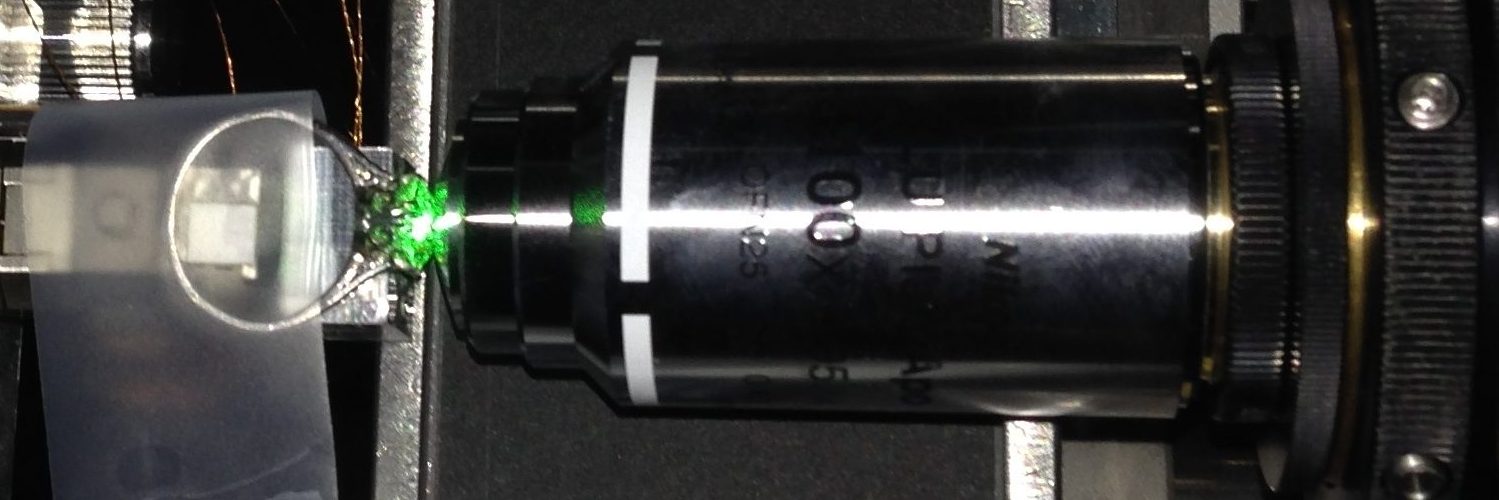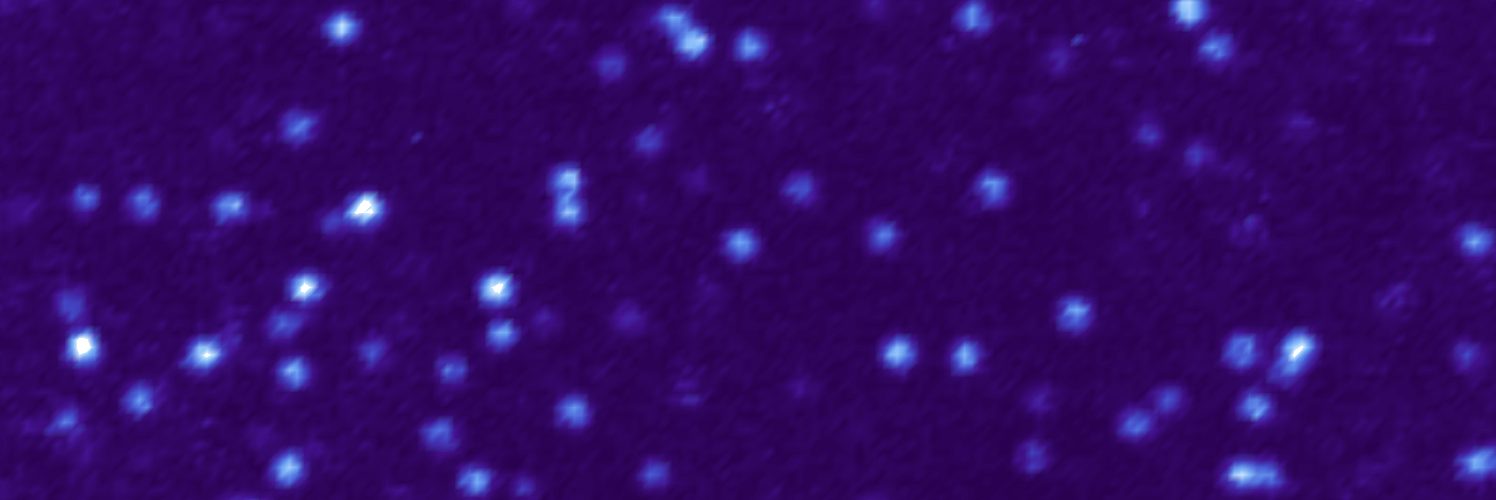Latest Lab News
The Kolkowitz Lab is moving to UC Berkeley.
After 5.5 fun and productive years in the Physics Department at the University of Wisconsin – Madison, the Kolkowitz Lab has moved to a new home at UC Berkeley! While I’m quite sad to leave …
August 22, 2023Testing relativity in the lab: Xin, Jack, Hong Ming, and Matt’s paper on measuring the gravitational redshift in the lab at the millimeter scale published in Nature Communications!
Congratulations to Xin, Jack, Hong Ming, and Matt on the publication of their paper “A lab-based test of the gravitational redshift with a miniature clock network” in Nature Communications! You can read the entire published …
August 12, 2023Aedan successfully defends his PhD!
Congratulations to Dr. Aedan Gardill, who successfully defended his PhD today! His thesis is entitled: “Nanoscale metrology using the spin and charge states of single nitrogen vacancy centers in diamond.” Aedan will now move on …
May 17, 2023- More News
Welcome to the Kolkowitz Lab! Our lab focuses on metrology, tests of fundamental physics, and nanoscale sensing using quantum systems.
In particular, we are building some of the most precise clocks in the world out of ultracold strontium atoms trapped in optical lattices. We are investigating ways to make these “optical lattice clocks” even more precise and accurate. We are also developing novel applications of these amazing instruments, including new tests of relativity, space-based gravitational wave detectors, and searches for dark matter and other physics beyond the Standard Model.
We are also researching new sensing techniques using single atom-scale defects trapped inside of diamonds. We are developing new protocols using spatial and temporal correlations between these defects to probe correlated dynamics in strongly interacting condensed matter systems. We are also investigating applications for new and under-explored defects in diamond and 2D materials.
The group wiki can be found here: https://wiki.physics.wisc.edu/KolkowitzLab. The front page is accessible to everyone, but the content is only accessible to group members with an account.














